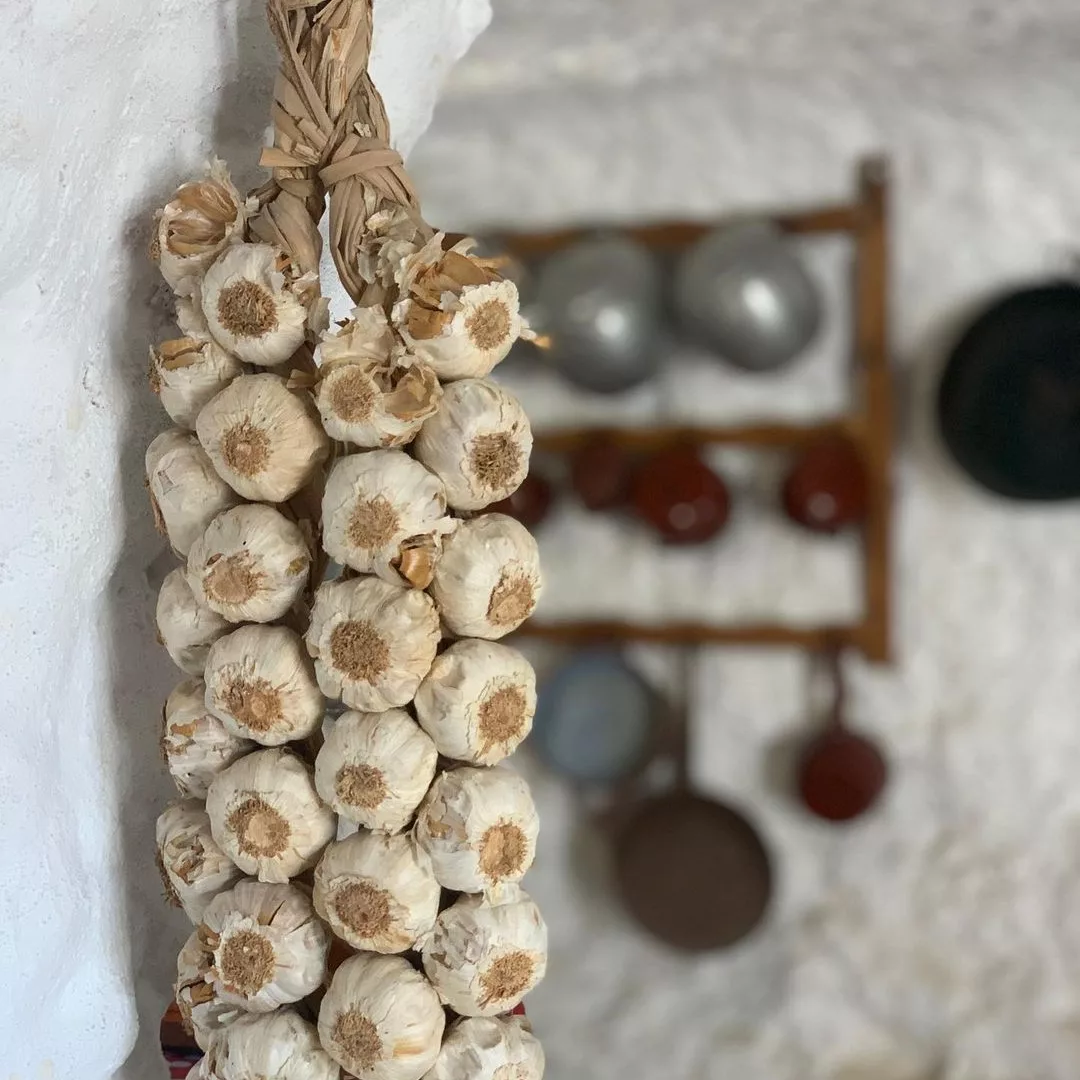
People visit Granada for its romantic charm and stunning Alhambra. However, many overlook the magical place just north of the fortress. Indeed, the neighborhood of Sacromonte holds a treasure trove of history within its hillsides.
In this post, explore the fascinating Sacromonte Caves, which are alive with countless legends. Dig into the intriguing past of the unique cave houses of Granada, from their beginnings as refuges for persecuted populations to their transformation into a museum. Walk through the paths of Sacromonte and learn more about the birth of Flamenco and the story of people overcoming challenges with their creativity.
The secrets of Sacromonte are etched into every cave wall, and the present still pulses with the songs of its past.
key takeaways
- The cave homes in Sacromonte were built in the 16th century by Spanish Gypsies. The Sacromonte area is well-known for these houses carved into the hills of Granada.
- Some of the Sacromonte caves are now part of a museum where travelers can learn about the different ways the caves were used in the past.
- As a means of preserving their culture, many Roma people continue to live in the Sacromonte caves.
Jump to
What are the Sacromonte Caves?
Just north of the famous Alhambra lies the neighborhood known as Sacromonte, renowned in Andalusia for the many legends about its caves. While they might not be as famous as the ancient caves of Matera in Italy, the Sacromonte caves are genuinely unique and contribute to the charm of this area in Granada.
Spanish Gypsies sought refuge in these unique caves, also known as El Barranco de los Negros, which were carved out of the hillside. Beyond providing shelter from the scorching sun, the Sacromonte caves also offered protection from religious and ethnic persecution, making them a haven for those seeking solace.
The fact that some of these caverns date back to the 16th century and have preserved centuries of history in their cool, natural surroundings is amazing.
History of the Sacromonte Caves
Since the 16th century, when the Muslim and Jewish communities were driven from their homes, these caverns have existed. Later, gypsies joined them, thus, the caves eventually became homes for those on the outskirts of Granada.
Farmers from the countryside near Granada went to the hills of Sacromonte in the 1940s and 1950s after the Civil War. They had to leave their farmland because of the famine at the time. With that, the size of the community of the Sacromonte Cave reached its peak.
Six months of constant rainfall in 1963 made the ground unstable and making the whole hill more likely to fall down. The citizens of the Sacromonte caves were forcibly evacuated by civil officials, who gave them orders to never return.
Who lived in the Caves ?
Amidst the prickly pear cacti, the caves on the hillsides of Sacromonte provided shelter for marginalized populations. This included Muslims and Jews who were forced to leave their homes by the Catholic monarchs, gypsies, Moriscos (Moors who became Christians), and black slaves who were no longer enslaved or had run away.

Walking Tour of Sacromonte (Includes the Caves Museum and a visit of Albaicín and Sacromonte neighborhoods)
Visiting the Granada Caves
Sacromonte Caves Museum “Cuevas del Sacromonte”
Today, the Sacromonte caves have turned into an interesting museum that shows the history and culture of this page of history. There are 11 charming white-painted cave houses in this museum, each with its own special theme.
Among them, you can visit the lively Flamenco cave, where you can still feel the exciting beats of this traditional Spanish art, and the ceramic cave, which exhibits the intricate craftsmanship of the Fajalauza pottery, which has long been important to Sacromonte.
You can still see the basic furniture and tools that the people here used in their everyday life in these caves. Each cave has a unique tale to tell and keeps the history of Sacromonte alive.
Flamenco shows in Sacromonte
The Roma people in the Granada region were known for their unique flamenco style called zambra. Zambra is believed to have evolved from earlier Morisco dances.
Performed barefoot, often with a knotted blouse just below the chest, and sometimes resembling belly dancing, it’s easy to see why it was thought to be a particularly sensual Moorish dance.
The Sacromonte Caves are the perfect place to witness this unique style of flamenco.

Cuevas Los Tarantos : Experience a Flamenco Show Inside the Caves
Around the Caves Museum: Sacromonte Abbey
Another interesting place to visit in Sacromonte is the grand Sacromonte Abbey. It is a pretty magical place located in the mountains!
You can discover the monks’ way of life and their work as translators here. The location also offers great views of Granada, the Alhambra, as well as other cave houses.
The holy caves are a definite highlight of the Abadía del Sacromonte. You can take a self-guided tour using an app that you can download using the building’s Wi-Fi.
The Sacromonte Abbey is only a 1 km walk from the Museo Cuevas del Sacromonte. To get there on foot, just go back to the Camino del Sacromonte, pass by the Mirador de Sacromonte, and follow the road until you reach the abbey.
Alternatively, if you prefer to take the bus, the same one that goes to the Sacromonte caves will also take you to the Sacromonte Abbey.
How to get to Sacromonte Caves?
Getting to the sacromonte cave houses from the city center takes around 20 minutes. The caves are about 1.6 km away, and the walk is uphill, so don’t forget your bottle of water!
If you prefer taking the bus, you can catch the Bus Urbano Granada C34 from the bus stop at Plaza Nueva (Google Maps) to the Cave Museum. You should get off at the “Camino Del Sacromonte – Fte 89” bus stop. The ride lasts approximately 7 minutes, and there’s a bus roughly every 15 minutes.
Even if you have a car, it’s not easy to get to the historic center of Albaicín-Sacromonte. It’s better to use public transport for your visit of the neighborhood.
Where is Sacramonte in Granada?
The Sacromonte neighborhood in Granada is situated to the east of the Albaicín Moorish neighborhood and to the north of the famous Alhambra citadel.
Sacromonte is located 1.4 km from the city center and the cathedral of Granada.
Where to Stay in Sacromonte
You can sleep in a cave just like to those in Sacromonte. Located in Sacromonte, this house offers a beautiful views, a garden, and a magical terrace with views of the Alhambra, allowing you to enjoy the landscape Granada from the comfort of your hotel.
The modern villa of Casa Cueva Lujo has whitewashed rooms that provide a peaceful and romantic escape from the crowds. It’s also a great and affordable way to experience cave living in Granada.
How to Get to Granada
Flighting in
Both domestic and international flights are handled by the Granada-Jaén Airport (GRX).
- The cheapest way to get from the airport to the city center in Granada is by taking the bus. (with the Alsa bus line 245) It costs €5 and only takes 30 minutes.
- If you take a taxi from the airport to the city center, the ride lasts around 20 minutes and the fare is approximately €30.
From Málaga or Seville
Granada is well connected to all major cities in Spain and Andalusia.
The bus is, in my opinion, the easiest and fastest way to travel from Málaga to Granada. Alsa, one of the main bus providers in Spain, operates this route. The journey takes around 90 min.
Taking the train is the best and quickest way to get from Seville to Granada. Depending on the train you choose, it should take around two and a half hours.
Driving to Granada
Granada is 250 km from Seville and 132 km from Málaga. You can easily drive to Malaga from any of these two cities.
Here’s a complete guide to driving in Andalusia.
Day Trip from Granada: Guadix and its cuevas
Sacromonte isn’t the only place with cave houses. Guadix, a city 55 km east of Granada, also has them.
In fact, the city has over 2000 caves, and some are open to visitors. Many are scattered throughout Guadix, but the Barrio de Cuevas has a complete neighbourhood them, complete with a cave-church (Iglesia Cueva Ermita Nueva). Additionally, the Barrio de Cuevas in Guadix is located in a beautiful location with stunning views of the Sierra Nevada.
Read more
Where to Stay · Where to Stay in Granada · Seville vs Granada
Granada Travel Guide · How Many Days in Granada · Las Alpujarras · Alhambra
Driving · Driving in Andalusia
Itineraries · 7 Days in Andalusia (Classic) · 7 Days in Andalusia (Off the beaten path)

















